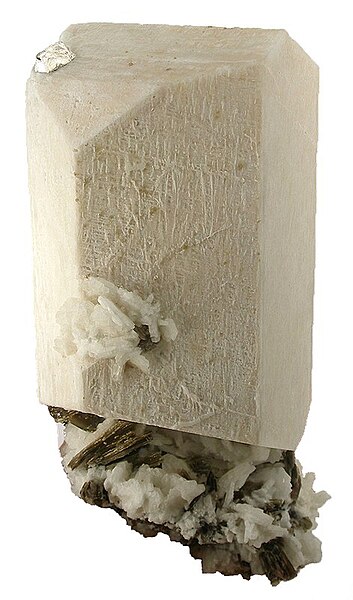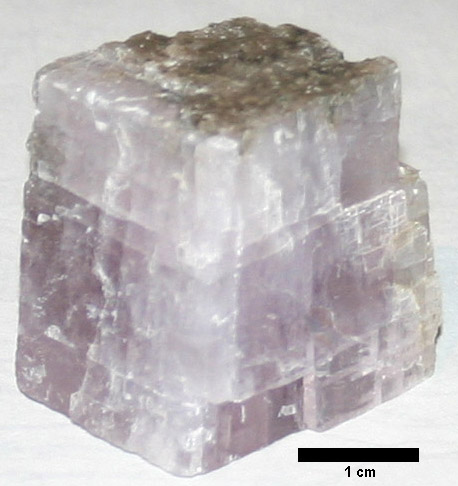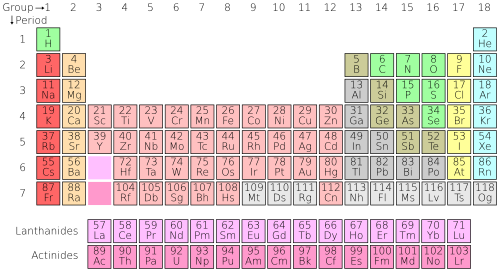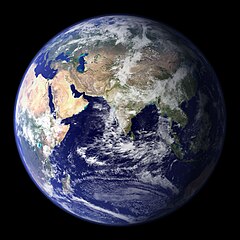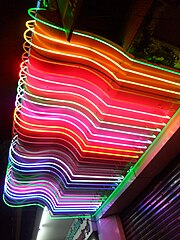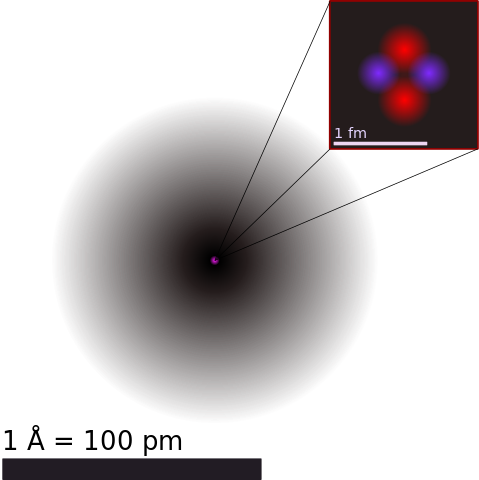We just learned that the most common mineral on the earth is feldspar.
The second most common type of mineral on the earth is called quartz.
It is not a chemical element by itself, it is made up of the elements of Silicon and Oxygen combined together.
Quartz is a very shiny type of crystal, and the different colors of quartz are used in jewelry a lot.
Another special thing about quartz is that if you squeeze it very hard, it will release electricity,
and if you zap it with electricity it will change shape.
Because of this special ability, scientists figured out a way to use quartz to make clocks that are very good at telling time.
They could zap a quartz crystal, look at how long it took to turn back to it's shape, then use that measurement of time to make sure the clock was correct.

(from: wikipedia - quartz)
Kid Facts - Blast from the past: Mass
